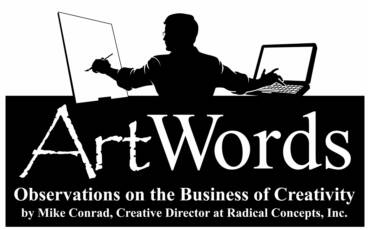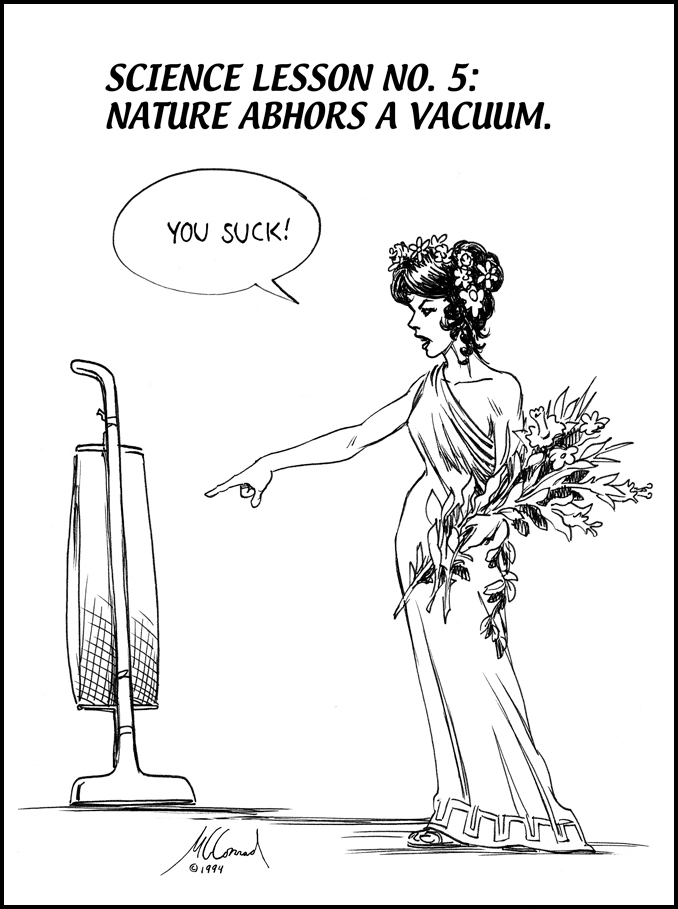The Story According to Mike:
I had been doing freelance work for Walt Disney Imagineering (WDI) for a while on various small projects when they called me out to do some sketches for the 25th Anniversary of Walt Disney World. The idea was to dress up one of the park’s iconic buildings for the year-long celebration. When I got there, they took me out to Epcot and showed me the big metal golf ball that is Spaceship Earth, and told me it was forbidden to paint it, attach anything to it, or even lean something up against it. I thought fast, and said, “Hey, guys, I have an idea. Why don’t we go to the Magic Kingdom and turn the castle into a big birthday cake? We could make the spires into candles, and . . . “ but they didn’t bite. My guess is that they wanted to hype the one thing that (at the time) distinguished WDW from Disneyland in California, and that was Epcot. The iconic building at Epcot is, of course, Spaceship Earth.
So I went back to my studio and drew some sketches, trying every way I could think of to surround this big, untouchable ball with other big things, using colored lighting to turn it into a big birthday balloon or a scoop of ice cream, or whatever. I turned in the sketches and went on to other jobs.
About two months later, they called me again, saying basically, “We’re going to turn Cinderella’s Castle into a big birthday cake.” “Great idea,” I replied, “Sure wish I’d thought of it.” The WDI folks had already done some design work, so my role was to apply their concepts for cake icing to color sketches I would draw of the building from several angles. I took photos of a scale model of the castle and went to work, turned the artwork in, and moved on to other projects.
Several months later, I was walking into the Maingate offices to meet with Wayne Gagne at Walt Disney Entertainment about some project or another, when I saw the castle sketches I had done all blown up and displayed on easels in one of the conference rooms. I told Wayne they were my sketches, and asked what was going on. He said that Michael Eisner had thought that WDI’s approach to the project had been too conservative – it looked too little like a cake and too much like a building with icing on it. Now Entertainment was taking a crack at it, he said, and asked if I would like to be involved.
Of course I said yes, and the process began all over again, this time with an eye toward really making it look like a cake. I did several rough concepts, some of cake and ice cream, and some with alternatives like a Fantasia theme, but there was something missing. Then someone (it might have been Wayne, but I don’t remember) hit upon the idea of using candy as a decorative motif, a bit like a gingerbread house. An intern was dispatched to buy a variety of candy pieces, and I set to work incorporating LifeSavers, Hershey Kisses, peppermint sticks and lollipops into the design. When we added the color pink, it was finally obvious to even the most casual observer that this was not a building any more. Then, once again, I moved on to other projects.












